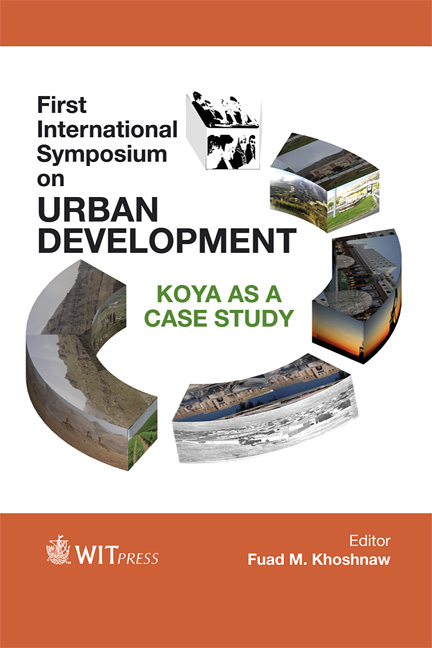An Environmentally Friendly Solution For Disposing Of Flue Gases In Deep Seas: A Mathematical Model
Price
£23.00
Volume
77
Pages
7
Page Range
143 - 149
Published
2014
Size
136 kb
Paper DOI
10.2495/ISUD130171
Copyright
WIT Press
Author(s)
P. Ramalingam
Abstract
An electrical power generation plant produces flue gases. Flue gases contain CO2, and other poisonous gases like sulfur dioxide, etc. After a method called sea water scrubbing of SO2 (desulphurization), that causes acid rain to be removed, the flue gases are allowed into the atmosphere. If the demand for energy continues to increase, it is possible that the only way that fossil fuels can be used for large-scale energy production is through the development and implementation of carbon capture and sequestration options. Sequestration could be a major tool for reducing CO2 emissions; it will allow greater flexibility in the future primary energy supply, and could offer other collateral benefits such as manufactured products, improved agricultural practices and enhanced recovery of oil and methane. The purpose of carbon sequestration is to keep anthropogenic carbon emissions from reaching the atmosphere by first capturing, then isolating them, and finally diverting them to a secure storage. Any viable system for sequestering carbon must be safe, environmentally benign, effective, economical, and acceptable to the public. Keywords: flue gases, CO2 sequestration, mathematical modeling, jet plume.
Keywords
flue gases, CO2 sequestration, mathematical modeling, jet plume





